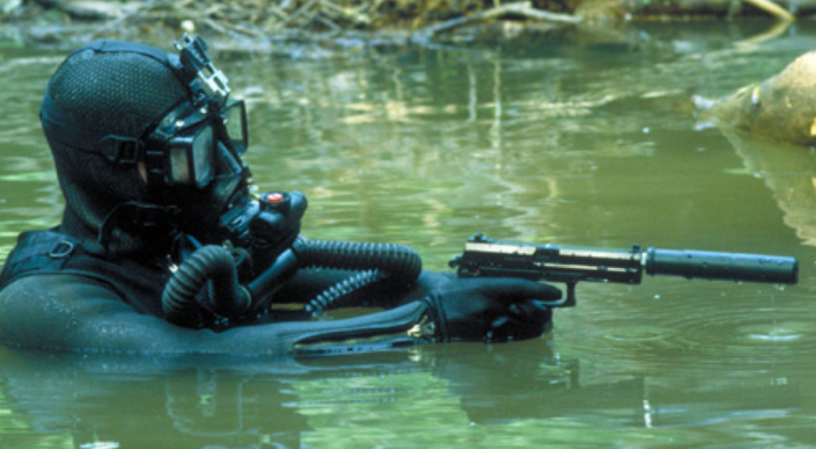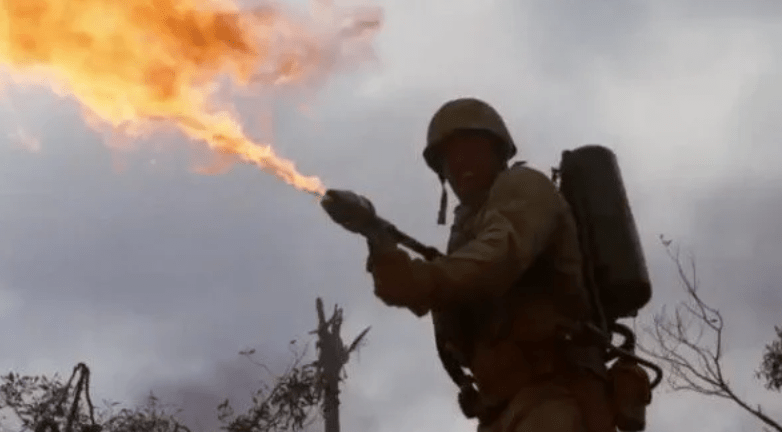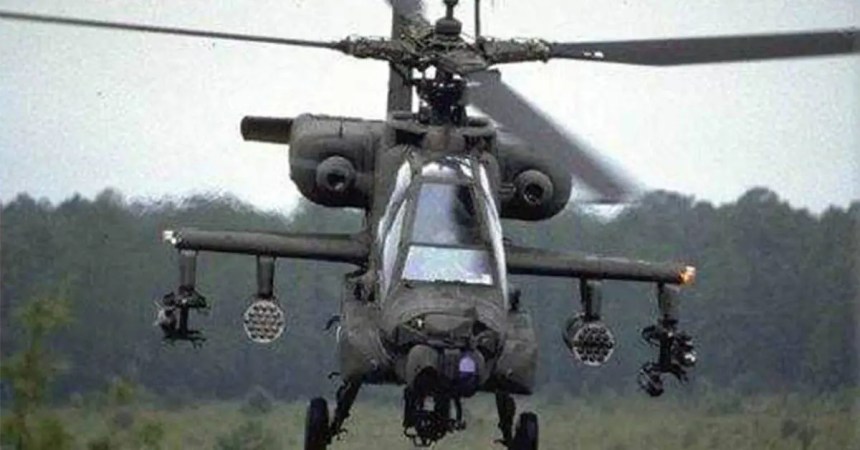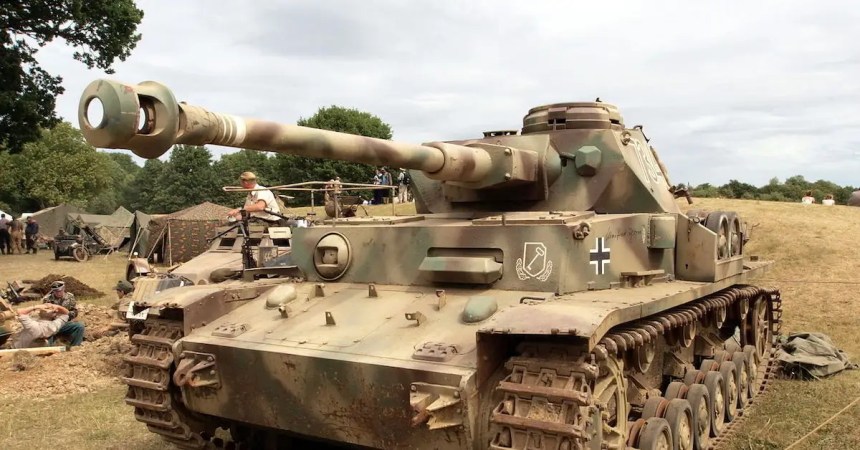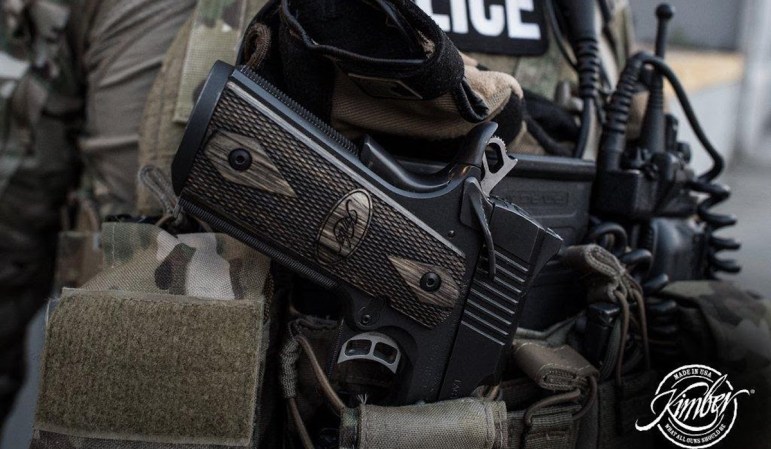Union Army Col. John T. Wilder was a unique American officer, noted during the Civil War for his innovations that were initially considered strange but often proved to be revolutionary as well.

For instance, Wilder’s brigade was one of the first Army units to carry Spencer Repeating Rifles, and it was the first to carry them into a major battle when they attacked Confederate forces in Hoover’s Gap on June 24, 1863, winning a huge Union victory.
When these Union infantrymen rode into Hoover’s Gap, they were carrying another unconventional weapon for infantry at the time, long-handled hatchets.
Wilder was given wide latitude in equipping his brigade, and he selected the rifles they carried, pushed for the horses they rode, and procured the hatchets.
The weapons were meant for use in battle. The 2-foot handles would let the soldiers reach enemy infantry from the saddle when necessary, allowing the men to cut their way through enemy lines.
At Murfreesboro, Tennessee, the appearance of so many hatchets made a strong impression on other Union forces and the unit picked up the nickname “The Hatchet Brigade.”
The nickname may have been derogatory, though. Cavalry units carried sabers and dragoons, which, prior to the 18th Century, operated as a sort of mounted infantry and had also preferred sabers. Wilder’s men, untrained in saber use and cavalry operations, may have received the hatchets because of their inexperience.
But the brigade proved itself in its first engagement, scattering Confederate forces in their wild dash through Hoover’s Gap and their subsequent defense of the gap. The brigade’s success despite being wildly outnumbered led to a second nickname: “The Lightning Brigade.”
As exciting as the sudden appearance of thousands of hatchets at the front was, it’s not clear that they were actually used violently. The mounted infantrymen carried them into battle, but the weapons’ main contribution to the war effort seems to have been logistical.
The plethora of hatchets allowed the men to build their own supply wagons, cutting the necessary wood and parts from destroyed wagons found on roads. Since hatchets also have a “striking head” on their reverse side, they could be pressed into service as a hammer when necessary.

It’s unlikely that the unit would have found much use for the hatchets in combat. Each man could fire seven shots between reloads, making it unlikely that enemy forces could march into range of the hatchets. And the men rarely rode their horses during the actual fighting. Instead, they would ride quickly to the battlefield, dismount, and send the horses to the rear.
In that way, the mounted infantrymen really were the predecessors to mechanized infantry and air assault infantry rather than cousins to the cavalry.
And if they had been cavalry, they probably would have been saddled with those common sabers instead of their awesome, namesake hatchets.







